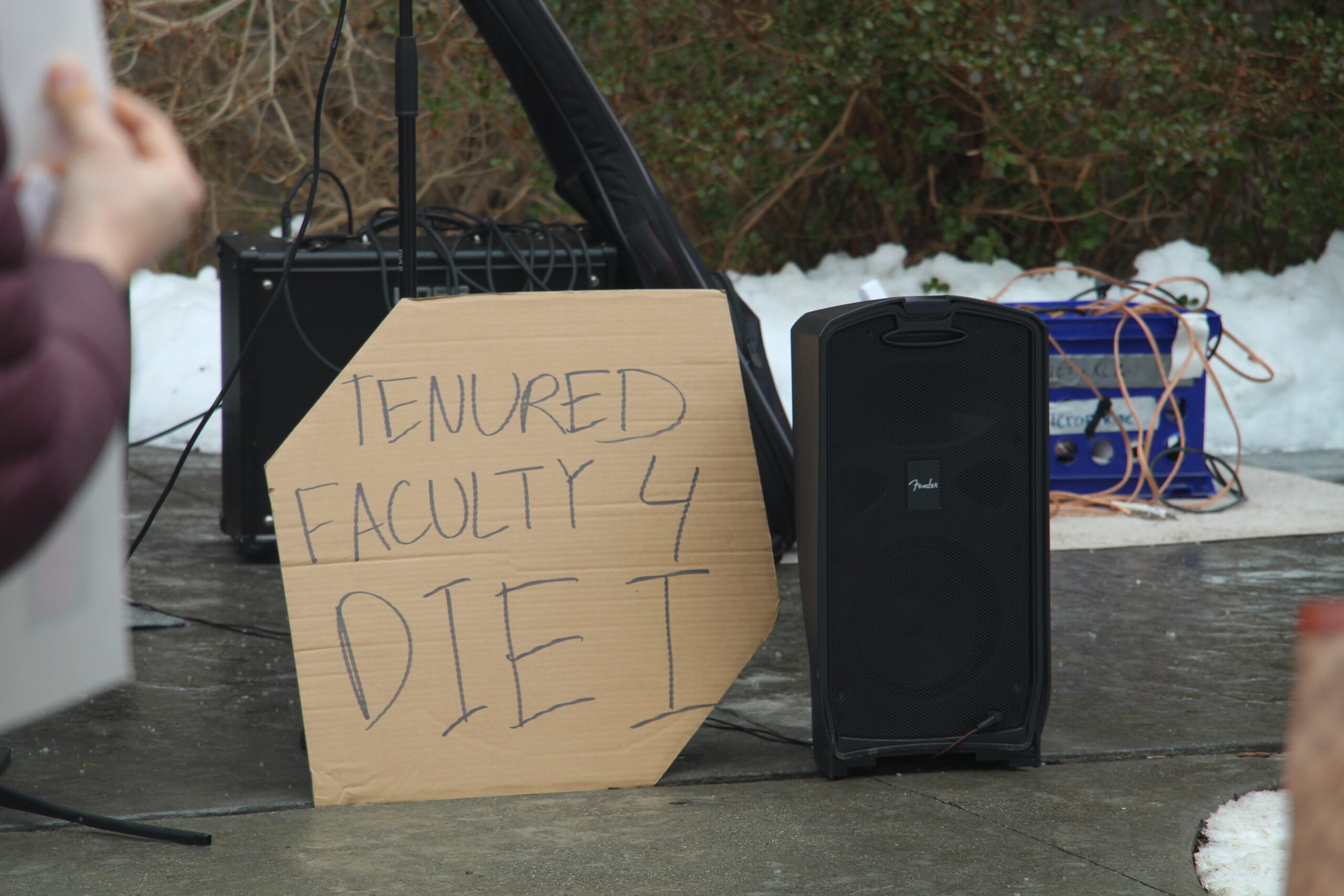There is an office hidden away in the Academic Resource Center that many people are completely unaware of: the Office of Student Accessibility Services. For some, it is very much a part of the back-to-school routine. This routine is second nature, just like the annual visit to Staples before the first day of school. Students who enter the office are greeted with a bowl of dark-chocolate Reese’s peanut butter cups placed strategically by the desk of Accessibility Coordinator Lillian Liebenthal, who asks, “What can I help you with today?” Lillian’s words give many students, including myself, a sense of relief that the College is granting them the accommodations necessary for academic and future career success. Underneath this warm exterior, however, Connecticut College faces continuing challenges in terms of accessibility.
Building on Strength, the College’s new strategic plan, recognizes the value of greater campus accessibility. When reading this plan, one notes the College strives for a “Diverse, Just, and Sustainable” campus. To achieve these goals, Conn will need to improve both its accessibility and safety services. The College has already taken concrete steps to upgrade facilities to better suit the needs of the students with disabilities. Melissa Shafner, Director of Student Accessibility Services, has been working with several members of the campus community to ensure all students succeed at the College. The office recently surveyed many buildings on campus and found the need for physical upgrades. Ms. Shafner has notified Richard Madonna,Vice President for Finance and Administration, and Dean of Institutional Equity and Inclusion, John McKnight, of her recommendations to engage the community in the upgrade process.
Is Conn ready to move forward with its plans for greater accessibility? Sara Rothenberger, Assistant Dean of Residential Education and Living, believes that the greatest challenge to accessibility is the state of campus buildings. She said, “many of our buildings need to be renovated to better meet student needs. Everything from mobility needs to dietary needs. Currently there is not a building with a student-use kitchen in which we can house first-year students. Currently the Plex is the only set of buildings with elevator access and with air conditioning. We don’t currently have any ADA apartment style housing.”
Fixing these problems comes with a major obstacle: finances. How exactly will the College pay for the changes needed to make campus more accessible? The College Voice has reached out to President Bergeron for comment and has yet to hear from her. In the meantime, the newly constructed road between Fanning Hall and Unity House received a grand opening. While the road’s completion represents a major achievement in terms of safety, the issue of upgrading academic buildings needs to come first. A pamphlet found in the Office of Student Life examines the accessibility of buildings on our campus and identifies only five academic buildings as “fully accessible.” An examination of the Americans with Disabilities Act of 1990 further reveals the need for architectural adjustments to Conn’s buildings. According to Section 504 of the Rehabilitation Act, colleges must, “make their programs accessible to students with disabilities along with all the programs of postsecondary institutions, including extracurricular activities, must be accessible to students with disabilities. The schools can do this in several ways: by providing architectural access to buildings, including residential facilities; by providing aids and services necessary for effective communication…”
In the remainder of my time at Conn, I would like to see the school place greater importance on improving the accessibility of buildings on campus. While the road connecting Fanning to Unity House addresses issues of safety and unity, the school must take additional measures to ensure all students are welcomed in our community. While the College must work to improve racial diversity, we must recognize that diversity is not just black and white; it lies in our ability to learn and create a community where all people are represented. Sara Rothenberger later in our interview argued, “the College does a good job addressing the needs of individuals. Where I think improvements should be made is in on the macro level instead of the micro level. We need to continue to view our campus through the lens of ability to ensure we are attracting and retaining students with differing abilities.” Disabilities are real, and the College needs to address them to become more up-to-date with our ever-changing world.•











